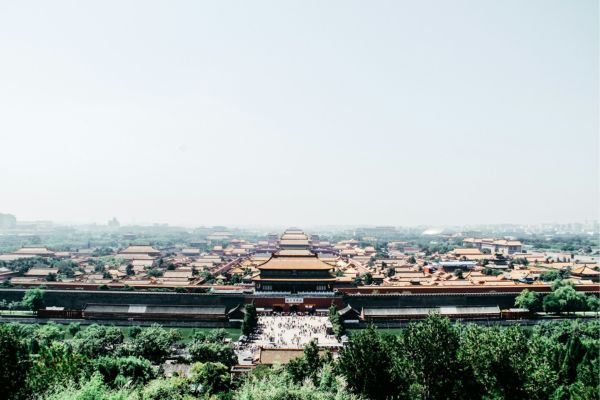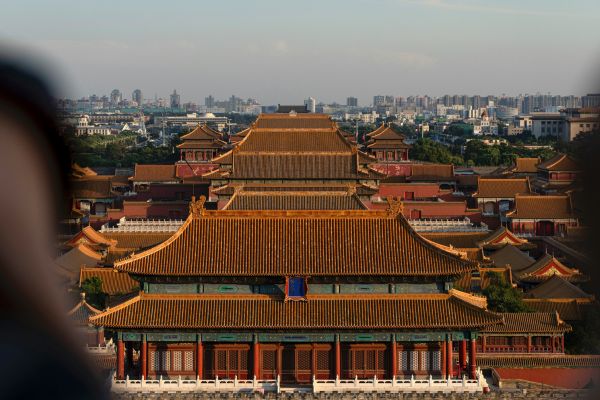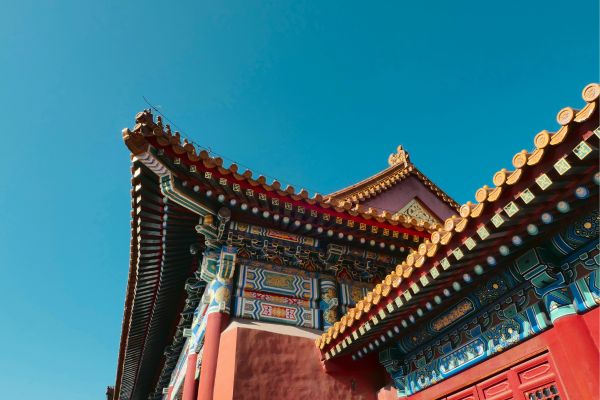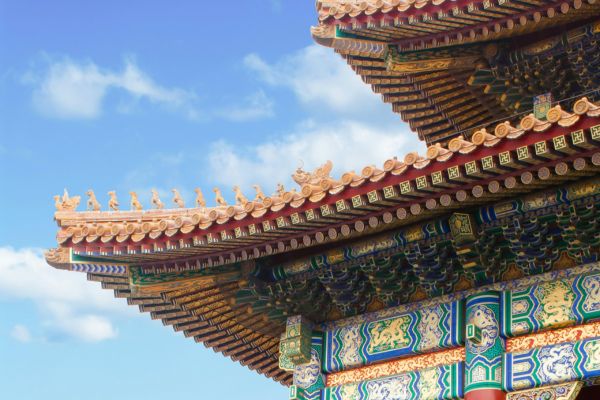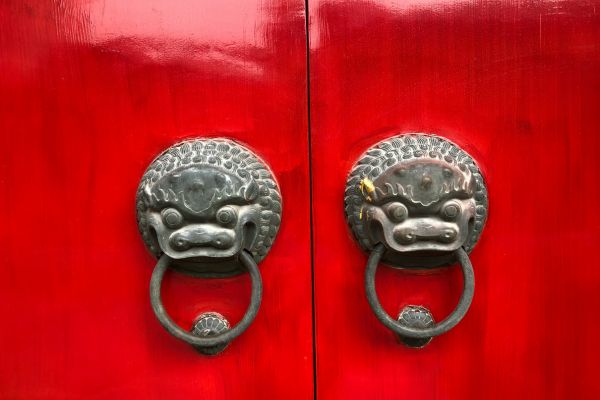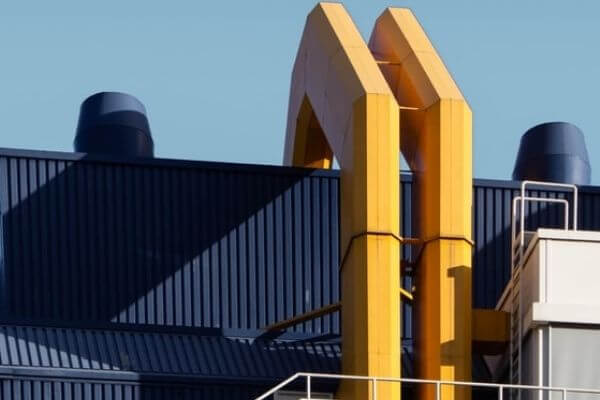
The damages of more than USD 20 million indicate the Chinese court’s determination to strengthen judicial protection for IP rights.
On 19 Feb. 2021, China’s Supreme People’s Court (SPC) awarded CNY 159 million (equivalent to over USD 20 million) in a trade secrets case, which marks the highest damages for trade secret infringement that has ever been awarded in China.
The case is about trade secret infringement between the Claimants Jiaxing Zhonghua Chemical Co., Ltd., and Shanghai Xinchen New Technology Co., Ltd., and Defendants Wanglong Group Co., Ltd., Ningbo Wanglong Technology Co., Ltd., Xifu Shiwanglong Spices (Ningbo) Co., Ltd., Fu Xianggen and Wang Guojun.
I. Case background
The Claimant Jiaxing Zhonghua Chemical Co., Ltd (“Zhonghua Chemical”) is a major vanillin producer in the world, occupying 60% of the global market share of this product. Vanillin is currently the most commonly used food flavoring agent.
The Claimant Shanghai Xinchen New Technology Co., Ltd. (“Shanghai Company”) is a technical service provider. It began to provide Zhonghua Chemical with a new vanillin production technology in 2002 and has been exclusively providing the technology for Zhonghua Chemical since 2008.
The Defendants, Wanglong Group Co., Ltd., Ningbo Wanglong Technology Co., Ltd., and Xifu Shiwanglong Spices (Ningbo) Co., Ltd. are affiliated companies (collectively referred to as “Wanglong Company”). Among them, Xifu Shiwanglong Spices (Ningbo) Co., Ltd. is a joint venture company of Ningbo Wanglong Technology Co., Ltd., and a European Food Enterprise CFS EUROPE S.P.A. The actual controller of Wanglong Company is Defendant Wang Guojun (“Wang”).
Defendant Fu Xianggen (“Fu”) began his work in Zhonghua Chemical in 1991 and had been the deputy director of the vanillin workshop since 2008, mainly in charge of the repair and maintenance of vanillin production equipment.
From the beginning of 2010, Fu contacted Wang and provided the vanillin production technology that he had mastered to Wang and Wanglong Company. In May 2010, Fu joined Wanglong Company. Afterward, Wanglong Company began to purchase equipment and build factories to produce vanillin.
In 2018, Zhonghua Chemical and Shanghai Company filed a lawsuit to Zhejiang High People’s Court, claiming that Wanglong Company, Fu, and Wang infringed up its vanillin technical secret, and requesting the court to order the defendants to stop committing acts of infringement and compensate CNY 502 million.
The court of first instance held that Wanglong Company and Fu infringed upon a part of the claimed technical secret, and ordered the defendants to stop the infringement, compensate CNY 3 million for economic losses and CNY 500,000 for reasonable rights maintenance costs (approx. USD 500,000 in total). But the court of first instance did not order Wang, the actual controller of Wanglong Company, to bear the liability for compensation.
In the second instance, the claimants Zhonghua Chemical and Shanghai Company reduced their claims for compensation to CNY 177 million.
The court of second instance held that Wanglong Company, Fu, and Wang all infringed the technical secrets, which covered all the claimed technical secrets. Therefore, the court of second instance revoked the first-instance judgment and ordered the above-mentioned infringers (including Wang) jointly compensated the technical secret rights holders of CNY 159 million (including CNY 3.49 million for reasonable rights maintenance costs).
II. Court views
The Intellectual Property Court of the SPC is the court of second instance, which significantly increased the damages from USD 500,000 to USD 20 million.
The main opinions of the court in the second instance are as follows.
1. Whether the defendants infringed the technical secrets.
(1) The Claimant’s technical information constituted technology secrets.
The technical information claimed by Zhonghua Chemical and Shanghai Company was recorded on device pictures and flowcharts, and constituted technical secrets. First, the information cannot be obtained from public channels, nor can it be directly obtained by observing vanillin products. Second, these technologies can greatly improve the production efficiency of products, and are thus of extremely high commercial value. Third, Zhonghua Chemical and Shanghai Company have adopted confidentiality measures for these technologies. Accordingly, the court of second instance held that the technical information meets the statutory requirements for technical secrets.
(2) The Defendants have utilized the technology of the Claimants
The Defendants have obtained the blueprints of Zhonghua Chemical and Shanghai Company, built the vanillin production line, carried out large-scale production, as well as refused to provide evidence that could prove that it developed the production technology on its own. Therefore, the court of second instance determined that the defendant had used the Claimants’ technology.
2. How should the Defendants compensate?
The court held that the compensatory damages should be calculated based on the sales profit rate of Zhonghua Chemical’s vanillin products, namely, the amount of vanillin produced and sold by Wanglong Company multiplying by the price of Zhonghua Chemical’s vanillin products and profit rate, and the result was CNY 155 million.
In addition, the compensatory damages claimed by Zhonghua Chemical were calculated only from 2011 to the end of 2017, not including the losses caused by the ongoing infringement since 2018. During this period, Chinese laws did not provide for punitive damages. Therefore, in this case, the court did not support the Claimants’ request for punitive damages.
In China, punitive damages are mainly provided for in the following two laws. 2019 Anti-unfair Competition Law, which came into force on 23 Apr. 2019, stipulates that punitive damages can be claimed in cases of trade secret infringement. The Civil Code of the People’s Republic of China, which came into force on 1 Jan. 2021, provides that punitive damages may be claimed in cases of IP rights infringement.
In other words, punitive damages apply to any case of trade secret infringement after 23 Apr. 2019, or to any case of IP rights infringement after 1 Jan. 2021.
The court of second instance held that the right holder may bring another lawsuit or seek other relief for the Defendants’ continuing infringement after 2018. Therefore, punitive damages may be awarded for the Defendants’ continuing acts of infringement after 2018.
III. Our comments
1. Chinese has strengthened the punishment of IP rights infringement
The SPC listed the case in the 10 Guiding Cases of 2020 of its Property Right Court.
The SPC stated that the judgment protected the core technology of important industries, reflecting its increasing efforts to combat malicious infringement. This indicates Chinese courts’ determination to strengthen judicial protection for IP rights and to crack down on malicious infringements. Moreover, the legal representative is also included to be liable for compensation, thus forming a direct deterrent to the main responsible person of the company.
The SPC unprecedentedly issued 9 documents related to IP rights in 2020. Before this, it had issued eleven documents in this field in the previous 7 years. This may prove the proactive attitude expressed by the SPC.
In March 2021, the SPC issued the “Interpretation on the Application of Punitive Damages in the Trial of Civil Cases of IP rights Infringement” (关于审理侵害知识产权民事案件适用惩罚性赔偿的解释), which specifies how the court determines “intentional” “where the circumstances are serious” “compensation amount” and “the multiple of compensation”.
2. Chinese court strives to unify the application of law in the IP cases
The court of second instance of this case was the Intellectual Property Court of the SPC, which was officially inaugurated on 1 Jan. 2019.
It is a nationwide unified second-instance (appeal) trial institution for technology-related IP rights cases. The SPC has established the jurisdiction of second-instance cases, also dubbed as “leapfrog appeal” cases, that "leapfrog" the traditional trial level.
The SPC established the Court aims to unify the application of law across the country, that is, a single adjudicative body uniformly accepts the second instance of related cases across the country. The purpose of this arrangement is to make the SPC’s policy of cracking down on IP rights infringements to be more effectively applied to cases in local courts, thereby cooperating with China’s current tendency to strengthen IP protection.
By the end of 2020, the Intellectual Property Court of the SPC has accepted 5,121 cases and concluded 4,220 cases, with a closing rate of 82%. Among them, 2,787 cases were concluded in 2020, with an increase of 1,354 cases over 2019 and a year-on-year increase of nearly 95%.
Contributors: Guodong Du 杜国栋 , Liu Qiang 刘强

